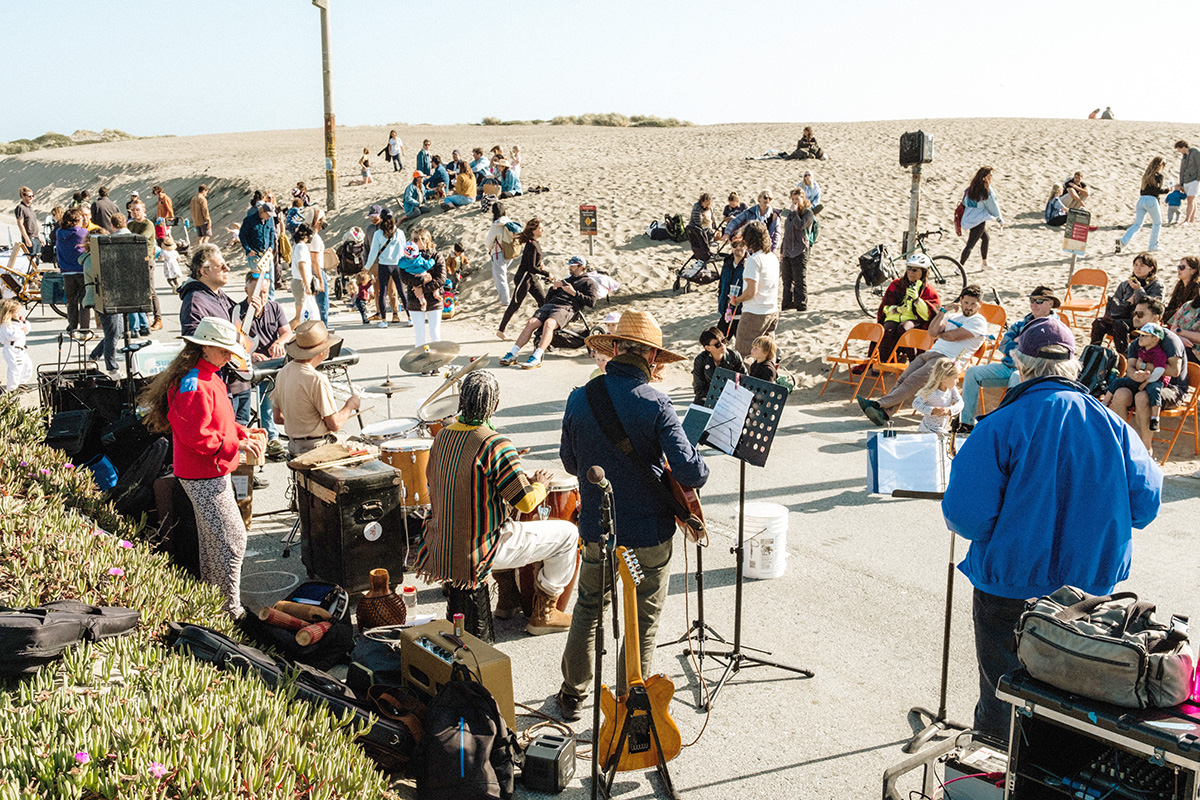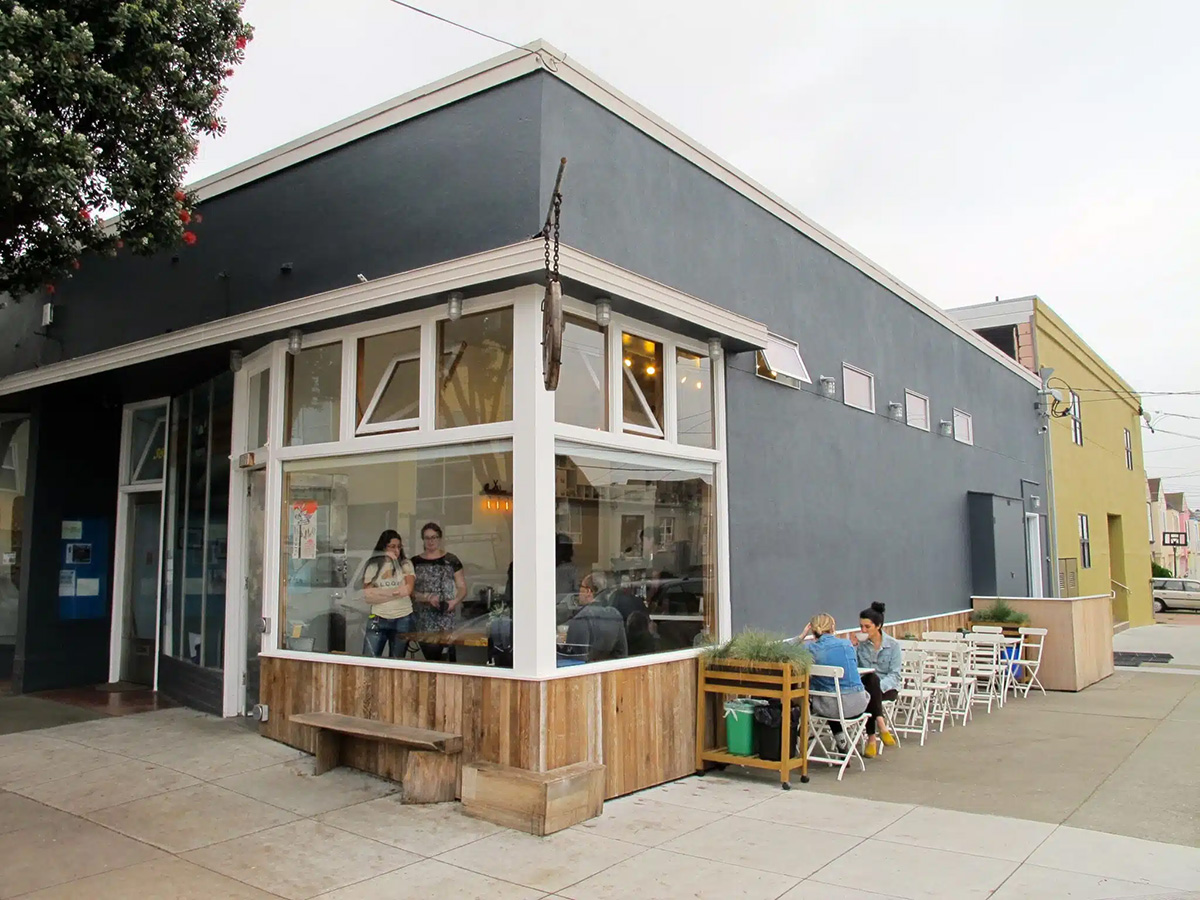On November 5th, San Francisco voters will decide whether to continue allowing vehicle traffic on the Great Highway or to convert the 2 mile, oceanfront roadway into a public park.
In April 2020, at the height of the pandemic, San Francisco Mayor London Breed and then District 4 Supervisor Gordon Mar ordered the Great Highway closed to vehicle traffic to give local residents a safe, open space to recreate. In August 2021, as the pandemic began to abate and people started returning to work, the Great Highway was reopened to vehicle traffic from Monday at 6am to Friday at 12pm while remaining a car-free space throughout the weekend as a compromise between those who want to drive on it and those who want it to remain a recreational space. This arrangement continues to this day and is set to expire at the end of 2025.
In June 2024, Westside supervisors Joel Engardio and Myrna Melgar introduced Proposition K, a ballot measure to convert the Great Highway into a permanent, public park by prohibiting private vehicles on it. District 4 Supervisor Joel Engardio shares his reasoning for converting the roadway into a park, his plan to mitigate traffic concerns throughout the neighborhood and the political landscape surrounding the conversation.
This project identifies the likely economic and public safety impacts of converting the Great Highway into a public park by analyzing vehicle crash and 911 data as well as eight case studies that underwent similar transformations from a roadway or industrial area to a public park.



